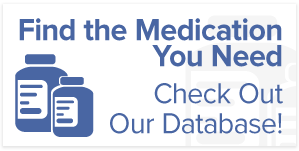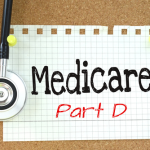What Makes a Safe and Effective Prescription?
In the realm of healthcare, prescriptions play a pivotal role in treating various medical conditions. Whether it’s a simple antibiotic for an infection or a complex regimen for a chronic illness, the safety and effectiveness of prescriptions are paramount.
Understanding the key factors contributing to a safe and effective prescription is crucial for healthcare professionals and patients. This blog post by experts at top prescription assistance organizations will delve into the components that make a prescription reliable and beneficial.
1. Accurate Diagnosis Is the Foundation
A safe and effective prescription begins with a precise diagnosis. Healthcare professionals must thoroughly assess a patient’s symptoms and medical history and perform necessary tests to identify the root cause of the issue. Without a correct diagnosis, prescribing the right medication becomes challenging, potentially leading to ineffective treatment or even adverse effects.
2. Individualized Treatment Plans
Every patient is unique, and their response to medications can vary. A one-size-fits-all approach to prescribing is inadequate. A safe prescription considers the patient’s age, weight, allergies, and overall health status. Individualized treatment plans take into account these factors to ensure that the prescribed medication is suitable and tailored to the specific needs of the patient.

3. Understanding Drug Interactions
Prescribing medications requires a comprehensive knowledge of potential drug interactions. Certain medications may negatively interact with others, leading to adverse effects or diminished efficacy.
Healthcare professionals must be vigilant in checking for possible interactions and adjusting prescriptions accordingly. Patient education on potential interactions with over-the-counter drugs and herbal supplements is also essential.
4. Clear Dosage Instructions
To ensure patient compliance and safety, prescriptions must include clear and precise dosage instructions. Healthcare providers should communicate the correct dosage, frequency, and duration of the medication.
Additionally, you must educate patients on the importance of following these instructions and reporting any side effects promptly. Clear communication enhances patient understanding and contributes to the overall effectiveness of the treatment.
5. Ongoing Monitoring and Adjustments
A prescription’s effectiveness is not a static concept. It requires continuous monitoring. Healthcare professionals should regularly assess a patient’s response to medication, making adjustments as necessary.
This may involve altering the dosage, switching medications, or discontinuing treatment if it proves ineffective or causes adverse reactions. Ongoing monitoring ensures that the prescription remains safe and effective throughout treatment.
Empower Your Health Journey: Advocate My Meds Ensures Safe Prescriptions
Discover peace of mind in your healthcare journey with Advocate My Meds. Our commitment to safe and effective prescription assistance programs empowers your well-being. Join our prescription assistance organization for better access to affordable healthcare!







